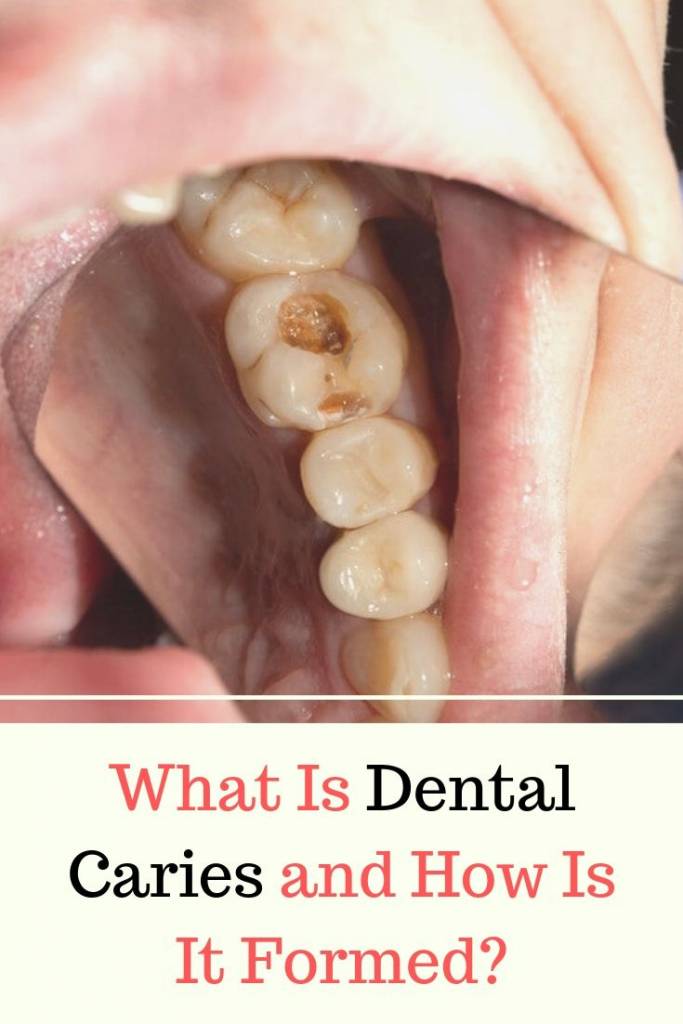Dental caries can appear due to cariogenic bacteria such as Streptococcus mutans. However, there are factors of diet and hygiene that affect its appearance. How does it form?
Dental caries is a multifactorial disease that affects the teeth. It is related to diet, intraoral bacteria, the composition of saliva and other factors.
First, it damages the enamel, the superficial layer of the tooth, and little by little it advances until it reaches the pulp. The culprits of its formation are the cariogenic bacteria, of which the most relevant is Streptococcus mutans. These bacteria demineralize the tooth enamel and cause the pathology.
The sugary products feed the bacteria that destroy the tooth enamel.
How does dental caries form?
Not only is the presence of bacteria necessary for the disease to originate. There are other risk factors:
- Lowering of oral pH due to the consumption of beverages or acidic foods such as, for example, carbonated drinks.
- Cariogenic diet (high consumption of sugars, sticky foods, etc.)
- Poor oral hygiene
- Little amount of saliva.
- Dental crowding that hinders hygiene.
- Abnormalities in the enamel, such as hypocalcifications.
- Periodontal disease.
The sugar in the diet is largely responsible for the formation of caries.
The dental caries begins as a white spot, with a black appearance, due to a hypocalcification of the enamel. If it continues to demineralize, the disease progresses and a dark colored cavitation forms.
During its evolution it is even capable of splitting the tooth. Once the caries reaches the dentine, it begins to present sensitivity to cold, heat and sweet. The treatment at this time would be the filling.
If you don’t treat it in time, decay continues to advance and reaches the pulp, resulting in more or less intense dental pain. An infection and a dental abscess can form at the level of the root apex. When caries reaches this point, the only possible treatment is endodontics.
How to avoid it?
The easiest ways to avoid cavities are:
-
Proper oral hygiene that removes plaque
The habit of tooth brushing is the most effective way to avoid tooth decay. Mechanical brushing removes plaque and food debris that accumulates in the teeth and serves as a niche for bacterial colonies.
Washing your teeth every day will prevent the formation of bacterial plaque that causes tartar and other oral problems.
The dentist must teach how to perform a proper brushing as well as recommend a brush and a paste appropriate to the needs of each patient.
Further info: How To Keep Up With Good Oral Health?
-
Usе fluorinated mouthwashes and toothpaste
The use of fluorinated mouthwashes and toothpastes that help to remineralize the enamel is necessary, since it makes it more resistant to the action of cariogenic bacteria.
The following additional measures to tooth brushing improve hygiene, but they can never replace this habit:
- Change in diet: you should consume less sugary foods.
- Go to check-ups with the dentist at least 2 times a year.
- Use dental sealants in children.
After finding a carious lesion, or any warning signal, it is advisable to go to the dentist to eliminate the injury and prevent it from evolving.
Don’t forget to SHARE all the details on dental caries with your friends and family on your social networks!

